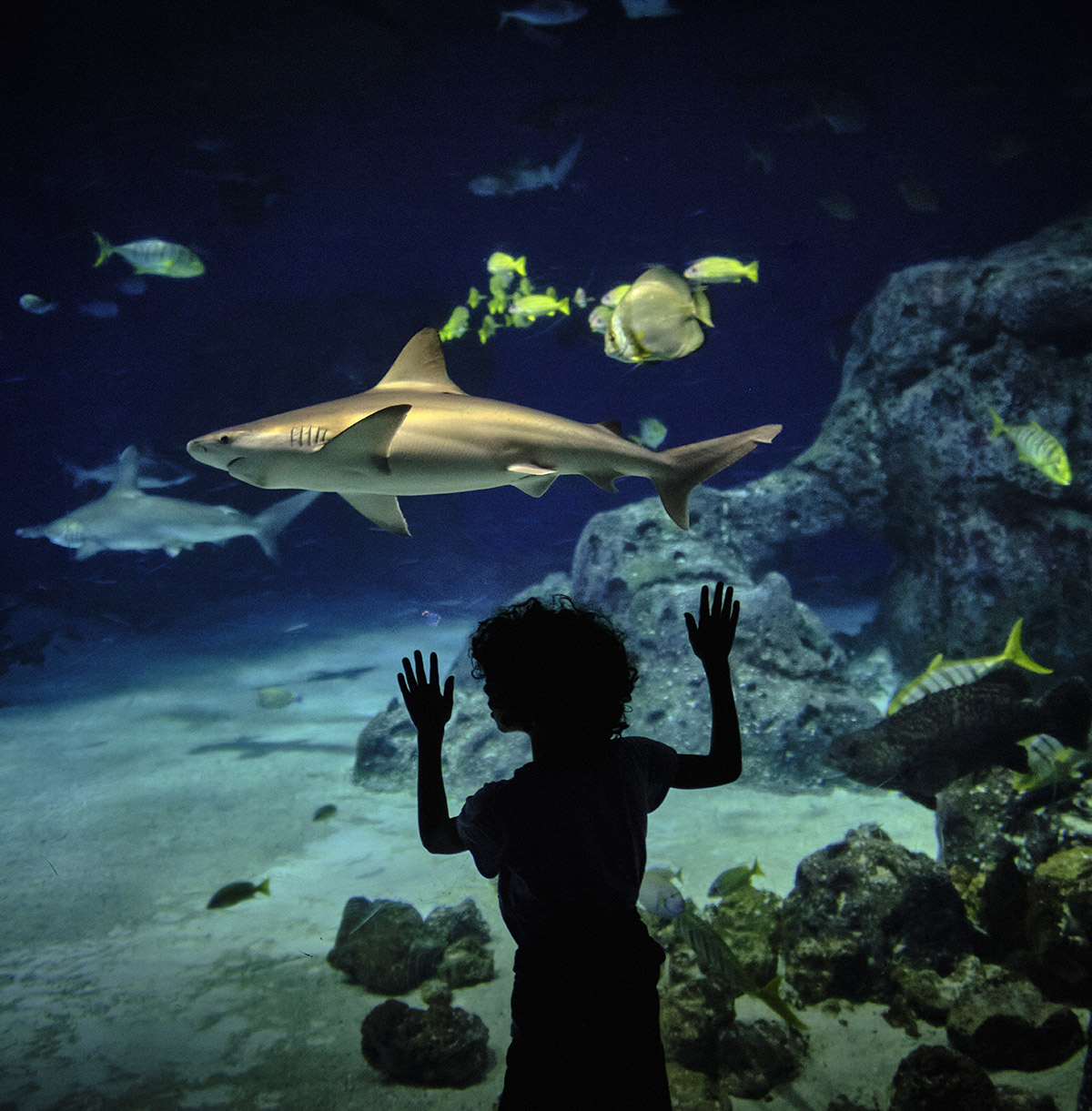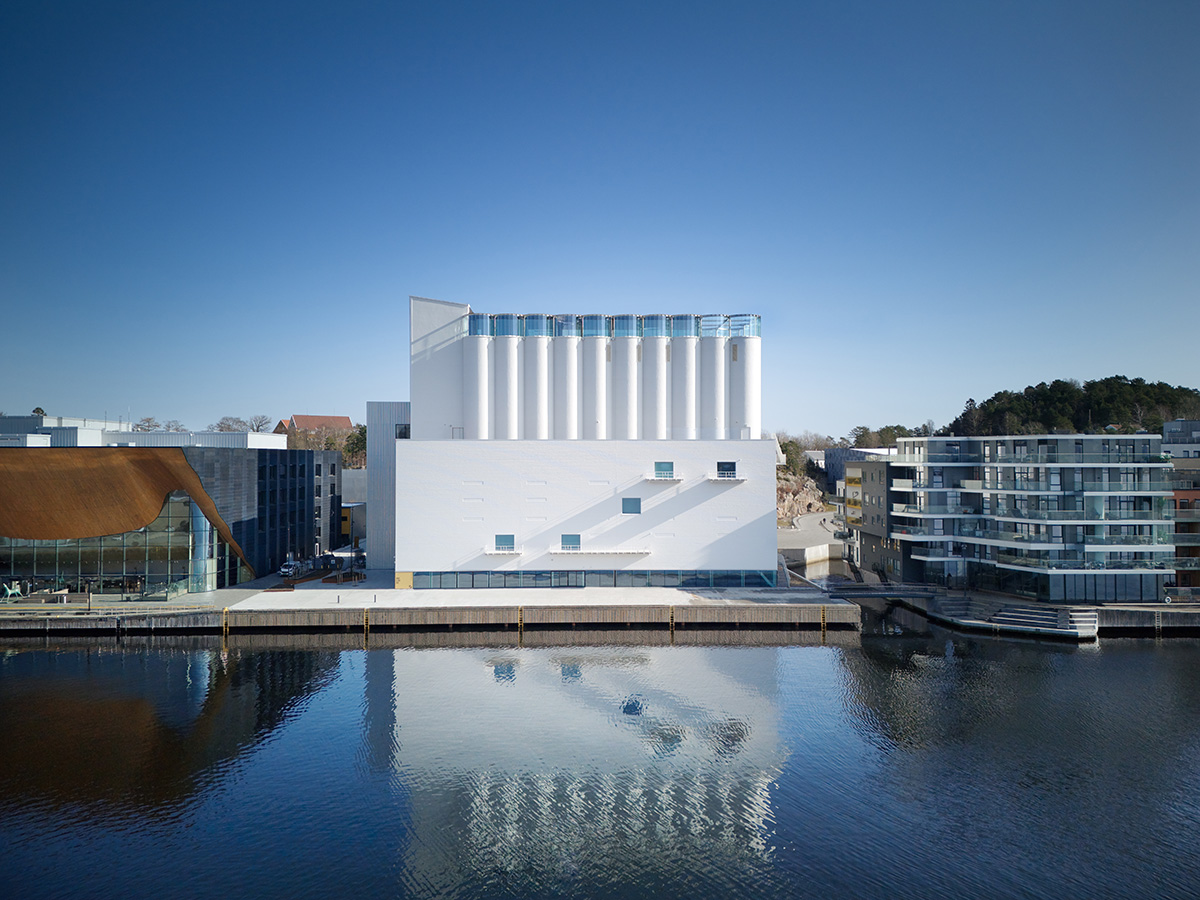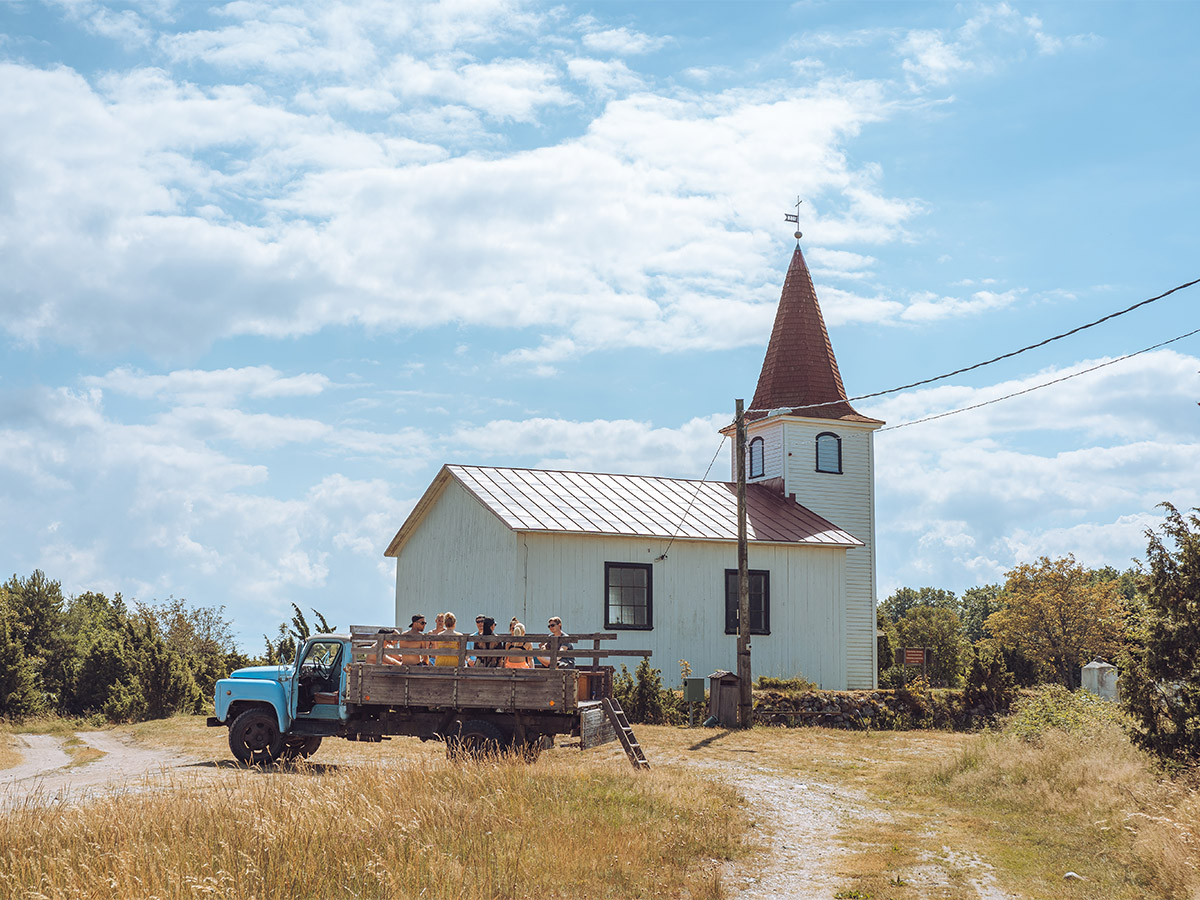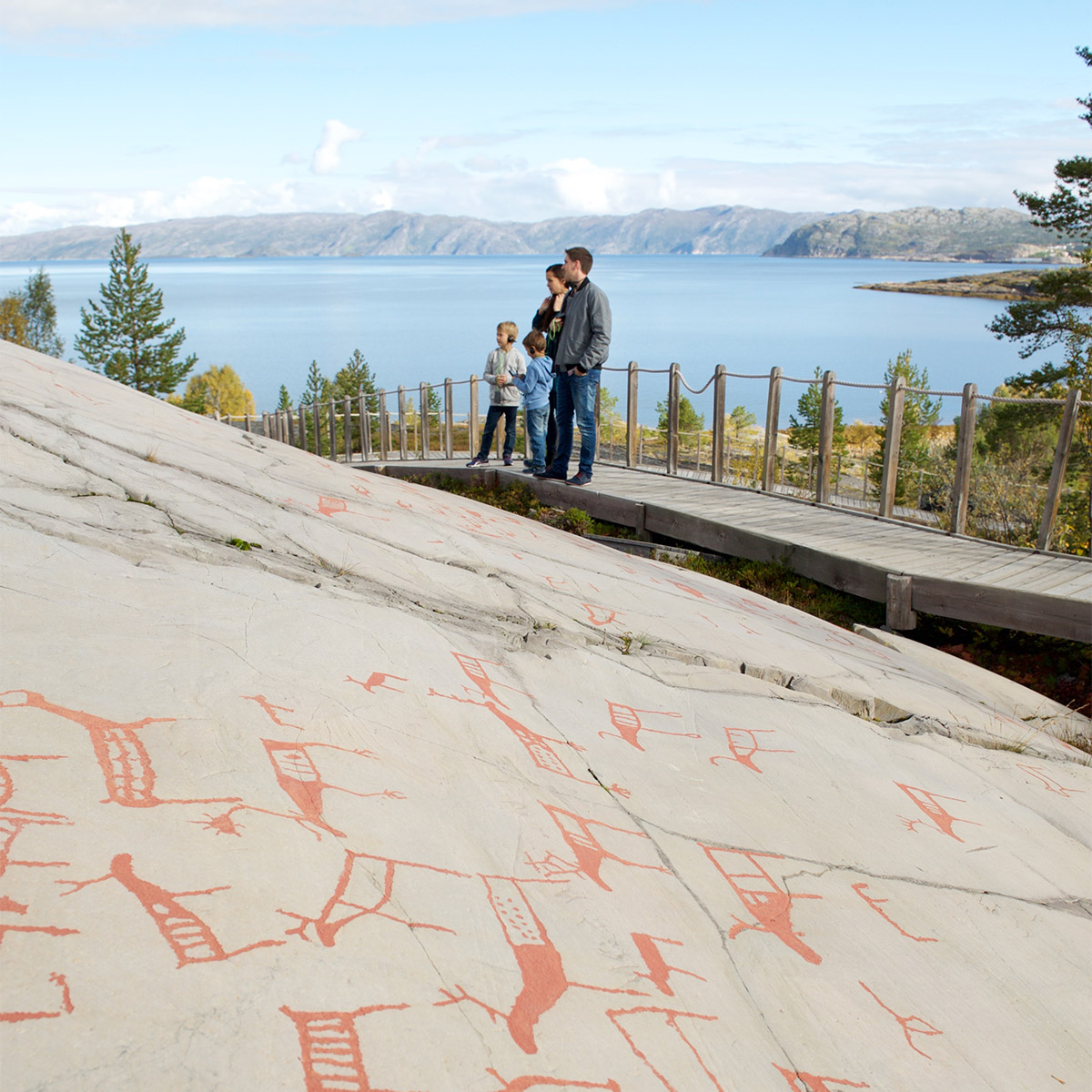The National Museum of the Faroe Islands: Dive into the rich cultural and natural history of the Faroe Islands
TEXT: HEIDI KOKBORG | PHOTOS: THE NATIONAL MUSEUM OF THE FAROE ISLANDS
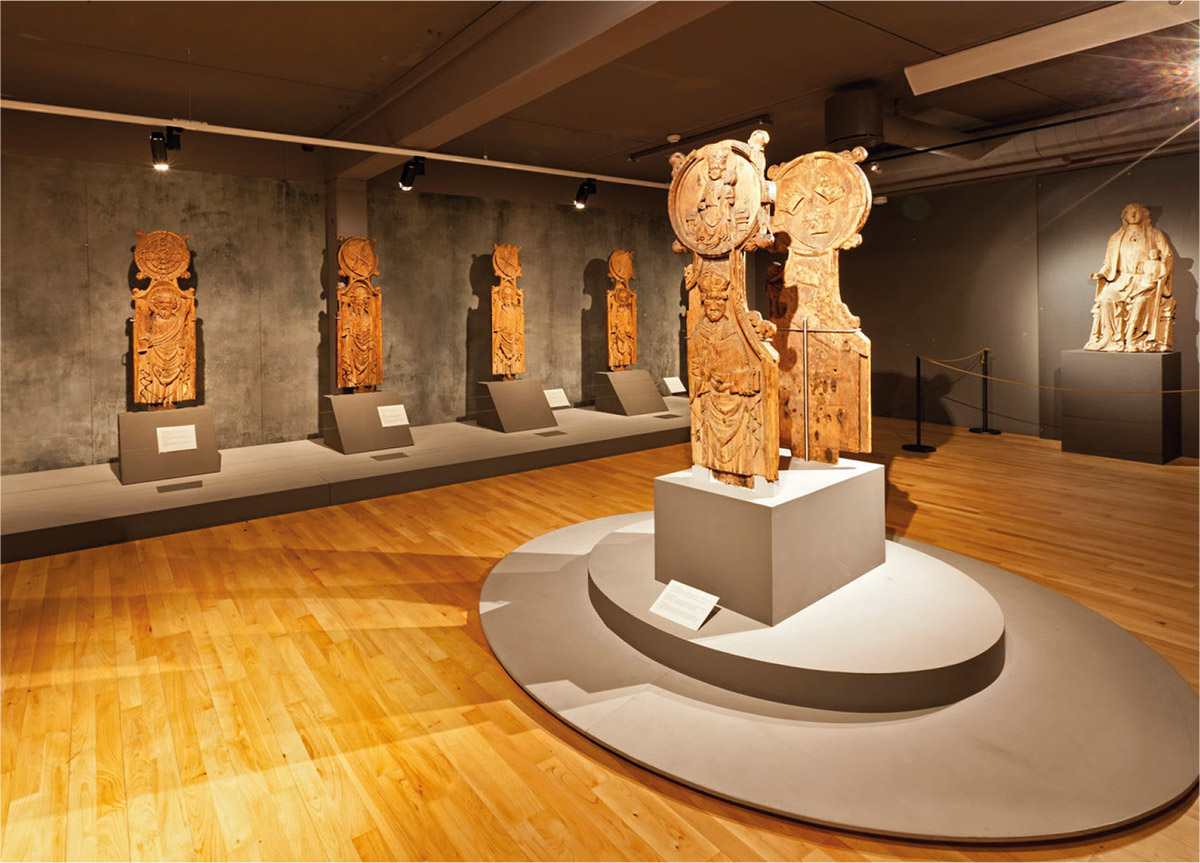
The Faroe Islands have a rich and interesting history that’s well worth exploring. At the National Museum of the Faroe Islands, you’ll get a memorable experience of the nature, culture and history of the 18 volcanic islands, starting from the Viking Age (800-1050 AD). Explore the history of wool and its significant role in Faroese history, learn about the national costume, and discover the original Faroese rowing boat.
The National Museum of the Faroe Islands takes its visitors on a journey through the fascinating cultural and natural history of these magnificent islands. Here, you’ll be able to explore the permanent exhibitions, special exhibitions, an open-air museum, a Faroese garden, and an abandoned whaling station from 1905.
“Since 2018, the museum has evolved and developed significantly. We have completely reimagined everything; we’re making our exhibitions more contemporary, and we’re uniting natural history, cultural history, geology and archaeology, so both our permanent and special exhibitions will be multidisciplinary,” explains Rannvá Winkler, museum curator at the National Museum of the Faroe Islands.
This also means that the permanent exhibitions are being updated, making them even more interesting for visitors. “We wish to grow and develop with our visitors and portray the rich Faroese history and nature in a contemporary way that resonates with our guests, while still showing our love for the Faroese history, heritage and traditions, as they have very much shaped the Faroese society as we know and love it today,” Winkler continues.
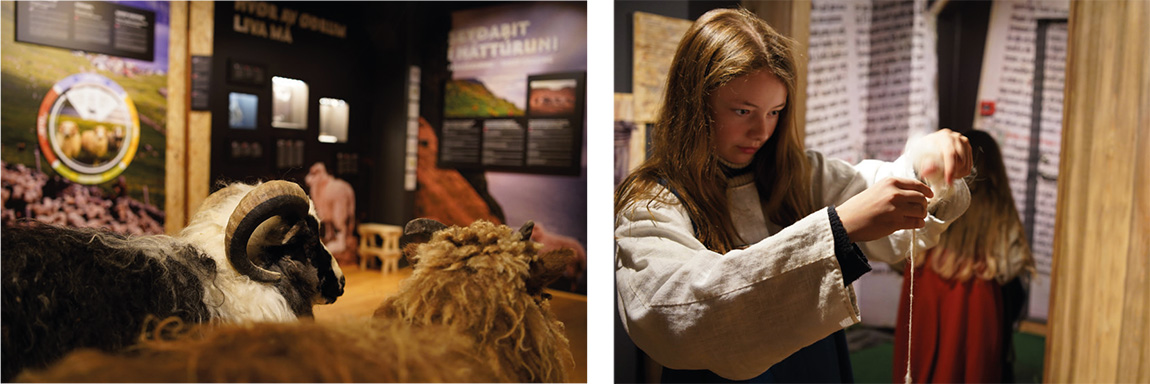
From sheep droppings to catwalk in Tokyo
One of the most fascinating – and perhaps also slightly unusual – permanent exhibitions at the museum is called From sheep droppings to catwalk in Tokyo. The exhibition is the story of wool and the extremely important role wool – and sheep – have played in Faroese history.
“We know there have been humans on the Faroe Islands since the Viking Age, and we also know that for as long as humans have lived on the islands, sheep and their wool have kept the Faroese people alive,” says Winkler.
The wool kept the Faroese people warm in a climate that is ever-changing, cold and sometimes downright brutal – weather that is simply not for the faint-hearted. The sheep on the Faroe Islands have double-coated wool which is rich in lanolin, which kept the people extra warm and dry.
“Sheep were not just a source of food; they provided the first settlers with milk, and crucially wool. The Vikings weaved clothes and sails for ships and boats, and later people started knitting socks and jumpers,” says Winkler.
As the world grew more global, wool was no longer just something to keep oneself warm; it became an important commodity, which the locals would trade for other goods with foreigners. In fact, several of the knitting patterns that are used by the big Faroese fashion houses today can be dated back at least a hundred years on the Faroe Islands. And if you haven’t guessed it yet, that is indeed also where the name of the exhibition came from.
“We try to weave a thread from the past to the present and show people how the past, the present and the future are connected,” says Winkler. “We are also aiming to make the exhibitions cross-disciplinary.” Today, wool is a luxury rather than a necessity, and sheep keeping is more of a hobby than a livelihood.
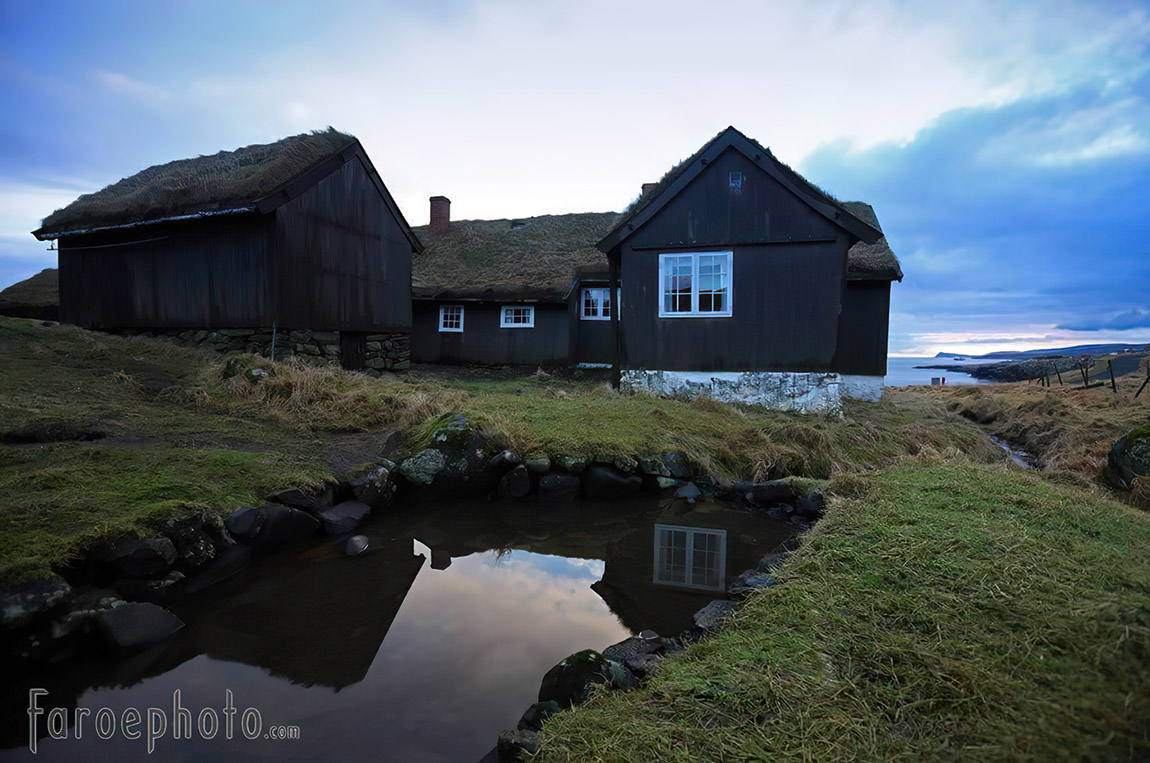
A look at the national costume
If you’re visiting the Faroe Islands in summer 2022, don’t miss the special exhibition about the national costume. In it, the National Museum interprets the national costume, while taking a look at the history of it.
“As our society has become part of the global community, the national costume has evolved as well and become more individual or self-centred. Today, people will gladly spend extra money to stand out from the crowd. Unique buttons and jewellery, especially designed embroidery patterns for vests, scarves and pinafores are all ways to try to be different,” explains Winkler. “We also see a trend of people researching the past to bring their national outfit ’back to the roots’, to break from the trend right now.”
While there are many and constant changes, the national costume gives the Faroese people a great sense of unity and pride. Some things have not changed, however: the national costume is still mostly handmade, the quality is impeccable, and it is still worn during the national holiday in July, at weddings, and at graduations. This, and much more, you’ll be able to take a dive-deep into next summer.
When visiting the National Museum, you’ll also be able to see the original Faroese rowing boat, as well as the full collection of the legendary Kirkjubøur benches from the 15th century.
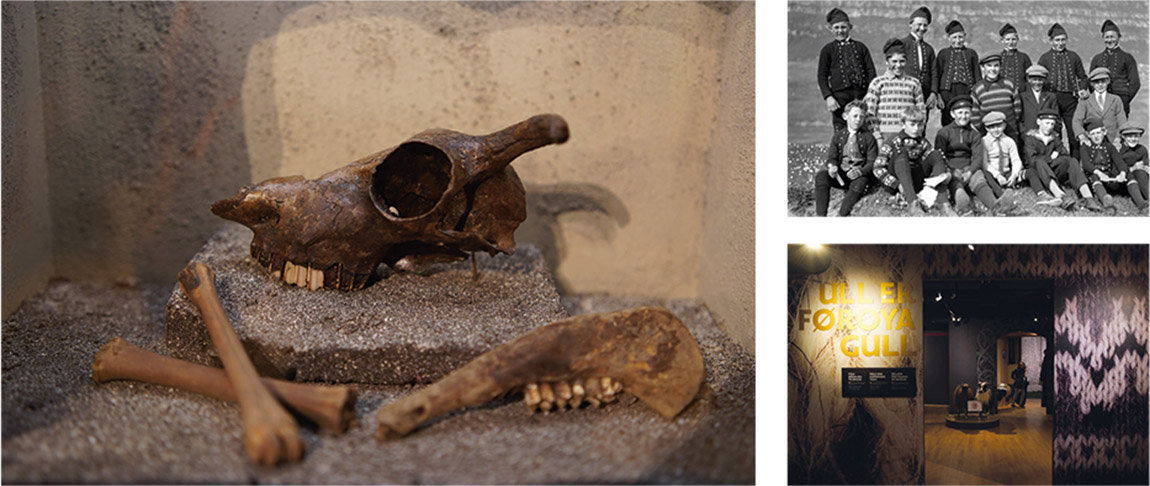
Web: www.tjodsavnid.fo Facebook: Tjóðsavnið
Subscribe to Our Newsletter
Receive our monthly newsletter by email

